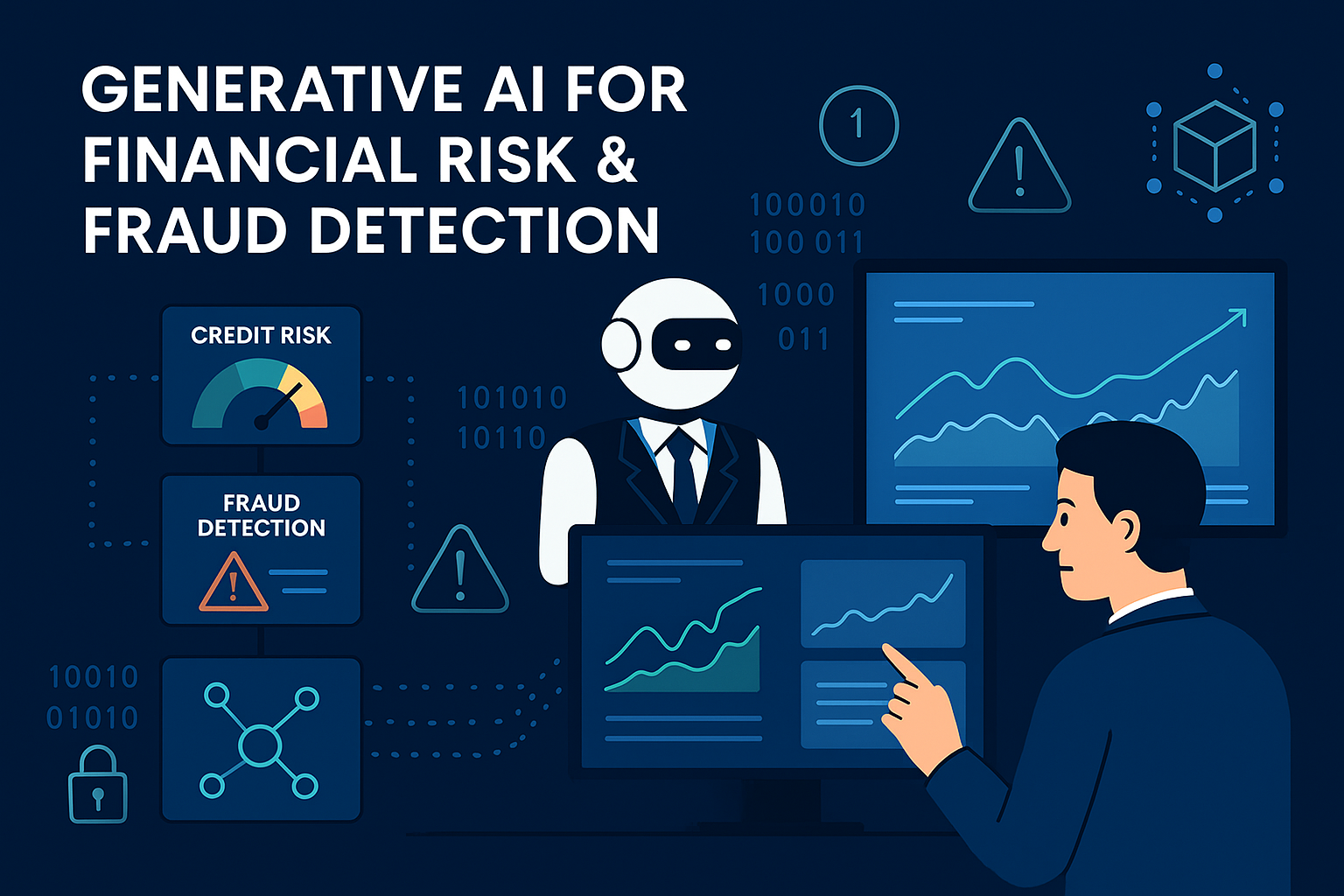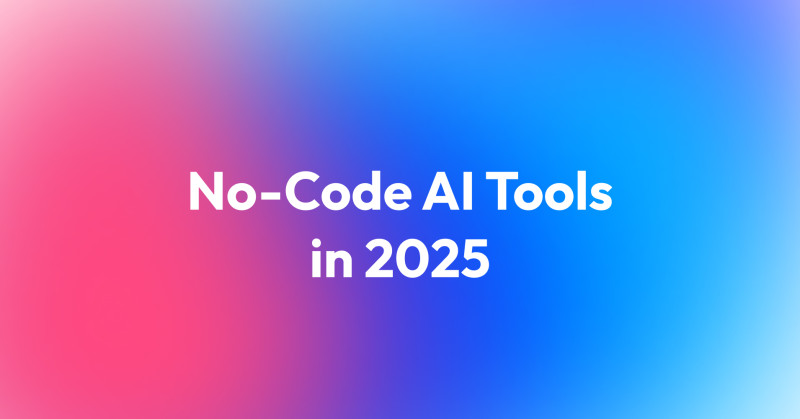In today’s fast-moving financial world, risk exposure is increasing at unprecedented levels. Cyberattacks, market volatility, sophisticated fraud schemes, and complex global regulations make risk management more challenging than ever. For Heads of Data and Finance, staying ahead of these risks requires advanced technologies that can analyze vast amounts of data in real time and uncover hidden patterns. This is where generative AI is becoming a powerful ally in financial risk analysis and fraud detection.

Why Traditional Models Are No Longer Enough
Historically, financial institutions have relied on static models, rule-based systems, and manual audits to manage risk. However, these traditional approaches face serious limitations:
They struggle with real-time data streams.
They often fail to detect new, evolving fraud schemes.
They require constant manual updates to stay relevant.
As financial systems generate exponentially more data from transactions, customer profiles, and market feeds, legacy tools fall short of delivering the speed, precision, and adaptability modern finance demands.
How Generative AI Transforms Financial Risk Analysis
Generative AI excels at identifying complex patterns across vast, multidimensional datasets. It doesn’t simply analyze historical data; it can model possible future scenarios and generate synthetic data to improve model robustness.
1. Real-Time Risk Scoring
Generative AI systems continuously assess:
Credit risk
Liquidity exposure
Market fluctuations
Operational vulnerabilities
By analyzing both structured and unstructured data—such as transaction histories, news feeds, and geopolitical indicators—AI models can dynamically adjust risk scores as new data arrives.
Example: Banks can adjust lending limits in near real-time based on sudden market shifts or emerging counterparty risks.
2. Scenario Simulation and Stress Testing
Generative AI enables the creation of highly realistic synthetic scenarios, helping financial teams simulate:
Market crashes
Credit downgrades
Regulatory changes
Supply chain disruptions
This allows Heads of Finance and Data to run robust stress tests and prepare contingency plans far beyond the capacity of traditional what-if analysis.
Impact: Financial institutions using AI-driven stress testing have reported 20-30% better capital allocation and risk preparedness, according to McKinsey.
3. Early Warning Systems
By constantly monitoring real-time data, generative AI models can detect early indicators of systemic risks, such as:
Cross-asset correlations breaking down
Emerging liquidity crunches
Subtle shifts in borrower behavior
This empowers decision-makers to act proactively, reducing the impact of adverse events before they escalate.

Enhancing Fraud Detection with Generative AI
Fraud detection is one of the most dynamic applications of generative AI, particularly in financial services, where fraud schemes continuously evolve.
1. Pattern Recognition Beyond Rules
Generative AI can identify suspicious behavior patterns that rule-based systems would miss, including:
Identity theft using synthetic IDs
Complex money laundering schemes
Coordinated transaction manipulation
AI agents generate models that adapt as fraud tactics evolve, reducing false positives and increasing detection accuracy.
2. Anomaly Detection in Real Time
Generative AI models analyze millions of transactions instantly, spotting outliers such as:
Unusual transaction frequencies
Geographic inconsistencies
Transaction size anomalies
Result: Faster response times, reducing potential losses and improving customer trust.
3. Synthetic Fraud Scenario Generation
By simulating new fraud attack vectors, generative AI allows financial institutions to proactively train their models against emerging threats before they occur in the real world.
ROI: Firms using AI-enhanced fraud detection have reported 15-40% reduction in fraud losses, according to Deloitte
Real-World Adoption: Leaders Setting the Standard
Leading financial institutions are actively deploying generative AI:
JPMorgan Chase utilizes generative models to enhance risk scoring and fraud detection across payment networks.
American Express leverages AI-powered pattern recognition to detect and block fraudulent credit card transactions in milliseconds.
HSBC integrates generative AI into stress testing frameworks to improve capital resilience.
Key Considerations for Heads of Data and Finance
While generative AI offers tremendous benefits, successful deployment requires addressing several challenges:
Data quality: Clean, labeled, and diverse datasets are critical for model training.
Model transparency: Regulators require explainability in risk scoring and fraud detection models.
Integration: AI solutions must fit seamlessly into existing financial platforms, transaction systems, and reporting tools.
Compliance and governance: AI systems must adhere to data privacy, financial regulations, and ethical AI standards.
Strategic Takeaway for Heads of Data and Finance
For Heads of Data and Finance, generative AI represents not just a technological upgrade but a new strategic capability that:
Improves risk assessment precision
Detects and mitigates fraud faster
Enhances regulatory reporting
Strengthens overall financial resilience
In an increasingly volatile financial landscape, early adopters of generative AI in financial risk analysis and fraud detection will secure a distinct competitive advantage—balancing growth opportunities with stronger risk controls.





















